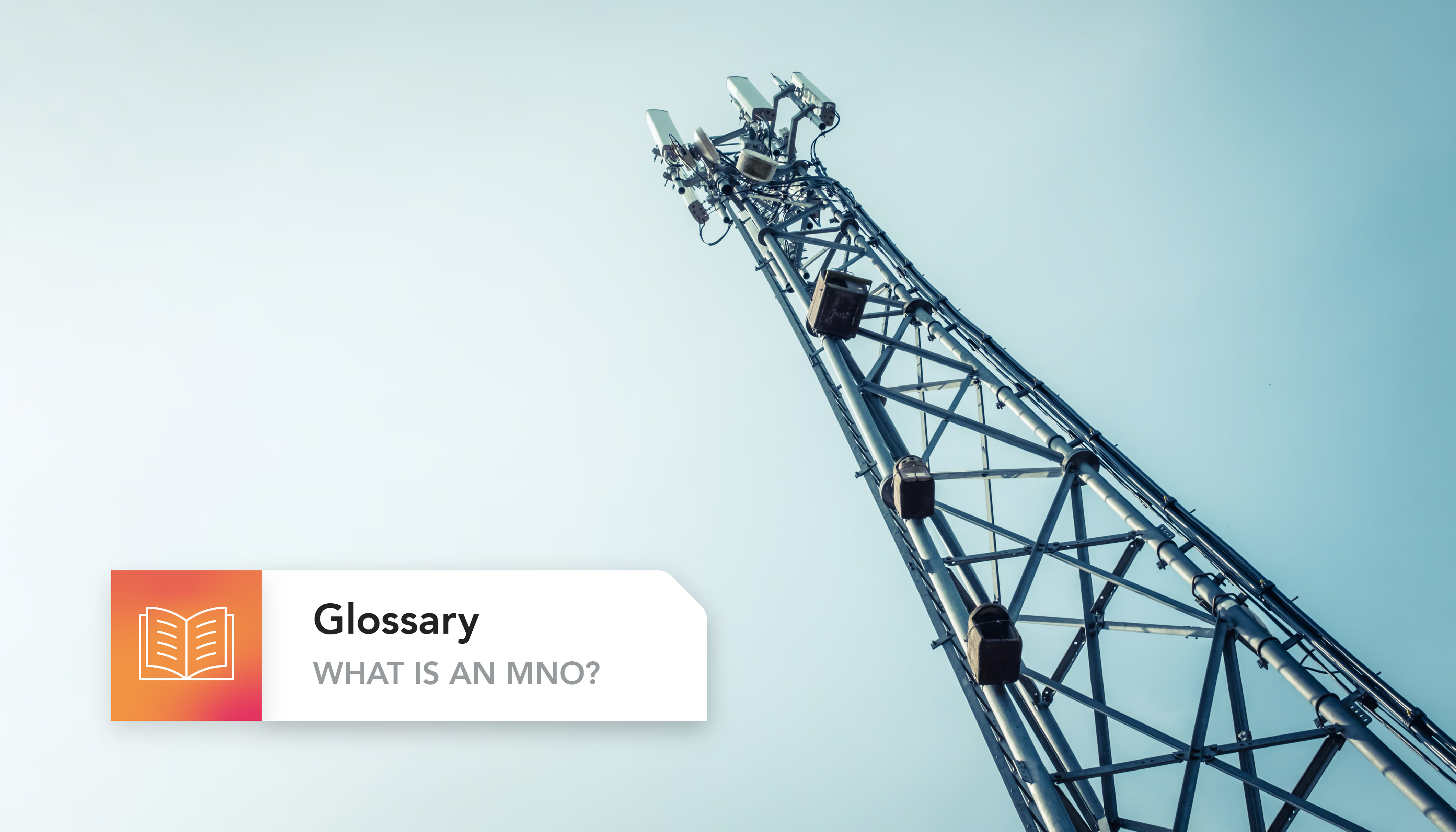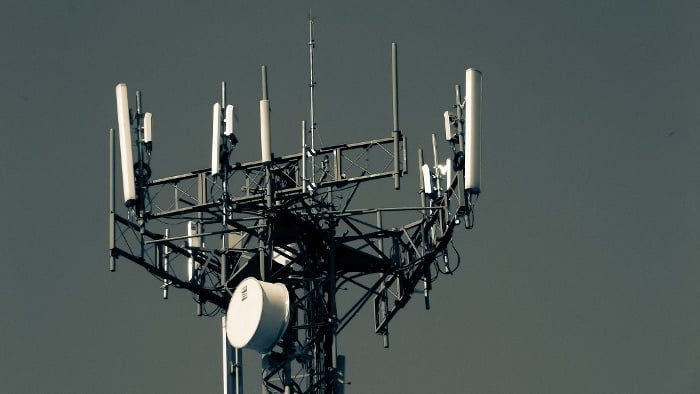

Quick definition: A Mobile Network Operator (or MNO) is a company that sells access to cellular networks. Also known as a cellular carrier, wireless service provider, cellular company, and other combinations of these terms, an MNO provides cellular services in a specific country or region, which can overlap with other MNOs.
More than 20 Mobile Network Operators have more than 100 million subscribers. China Mobile, the largest MNO in the world, has nearly 1 billion subscribers.
Cellular contracts
MNOs charge a subscription for access to their services, typically in the form of a 12-24 month contract that includes specific cellular services, such as unlimited SMS messaging or a fixed data plan. When a device’s usage exceeds the contract’s limitations, the MNO may charge extra for the additional service.
Consumers (and Internet of Things manufacturers) sign a contract with a single MNO, and when their cellular device travels outside the MNOs home country, the operator typically connects them to a partner MNO that serves that region and charges “roaming” fees.
Wireless networks
“Wireless” and “mobile” networks solve two different problems—but there’s a lot of overlap. Wireless networks remove the need for a hardwired connection between the network and the devices it connects. Mobile networks are designed to keep these devices connected on-the-go. All mobile networks are wireless, but not all wireless networks are mobile.
Cellular networks are a subset of wireless networks. Other wireless networks include solutions like WiFi, satellite, Bluetooth, Zigbee, and LoRaWAN. These are only considered “mobile networks” if they’re compatible with portable devices, and some wireless networks only offer limited mobility—for example, they may work when a person moves around with a wearable IoT device, but lose connectivity in a fast-moving vehicle.
Standardized cellular services
While MNOs each have their own networks, the network classifications are standardized by a third-party organization (typically 3GPP) so that people can understand the types of services they can expect from a carrier. For example, 5G is the fifth generation of cellular networks, and for an MNO to market 5G service, they have to have all the underlying infrastructure that makes a network “5G.”
MNOs and the Internet of Things
For IoT manufacturers, working directly with MNOs can make deployments both more complicated and more expensive.
One of the reasons cellular connectivity is so appealing to IoT manufacturers is because it offers exceptional coverage and mobility. But IoT applications sometimes require devices to work across borders, and if you’re a manufacturer, you want to deploy wherever your market is—not just where your MNO has coverage. This can mean agreeing to multiple contracts, creating multiple SKUs for a single IoT device, and paying excessive fees when your customers roam beyond your MNO’s home network.
MNOs built their network infrastructure for cell phones. And while your IoT devices may use many of the same services, most IoT applications use cellular connectivity in very different ways than consumers use their smartphones. You have different needs. So why should you have to lock yourself into the same kinds of pricing structures?
Thankfully, there’s a solution for IoT manufacturers that circumnavigates the challenges of working directly with a Mobile Network Operator.
Connecting to multiple MNOs
Modern IoT manufacturers often want to deploy globally. Traditional cellular connectivity allows you to connect to networks in multiple countries, but every MNO has a limited list of carriers they have partnerships with, and your device can’t connect to networks that aren’t on this list. To connect to a wider range of cellular networks, IoT manufacturers need specialized components on their Subscriber Identity Modules (SIMs).
Every SIM card has a Universal Integrated Circuit Card, which stores a single profile locked to a specific carrier. When you sign a contract with an MNO and activate your SIM, the SIM card will only work with that carrier’s “home” network and their partner networks.
An embedded UICC lets your SIM card store multiple subscriber profiles, so operators can provision the SIM Over-the-Air (OTA) and enable your device to connect to a new list of networks. However, eUICCs still only come loaded with one profile, and integrating new MNO profiles to your eUICCs can cost tens of thousands of dollars. So eUICCs are more effective as a safeguard in case your carrier goes bankrupt, or you want to deploy in a country that requires a local operator (such as Brazil or India).
For global connectivity, a simpler option is to use Multi-IMSI SIM cards. These cards can come preloaded with multiple subscriber identities. (emnify’s SIMs have five profiles.) This enables your device to switch identities as needed to select the network with the best available connection. If your current MNO doesn’t have a roaming agreement with a local network, you can effectively change MNOs by changing subscriber identities.
With emnify’s Multi-IMSI SIM cards, your cellular devices can connect to more than 540 networks around the world. Whatever your application and wherever you deploy, we’ll keep you connected.
Get in touch with our IoT experts
Discover how emnify can help you grow your business and talk to one of our IoT consultants today!
David Garcia
David Garcia brings his passion and over 8 years experience in IoT/IIoT to Product Marketing, along with Extensive experience in Utilities, Energy, Transportation, Manufacturing vertical markets.



